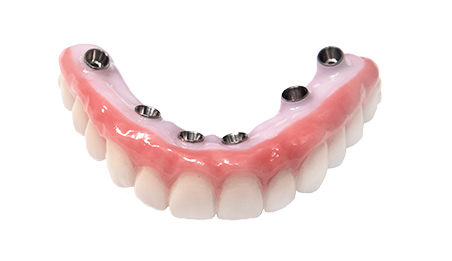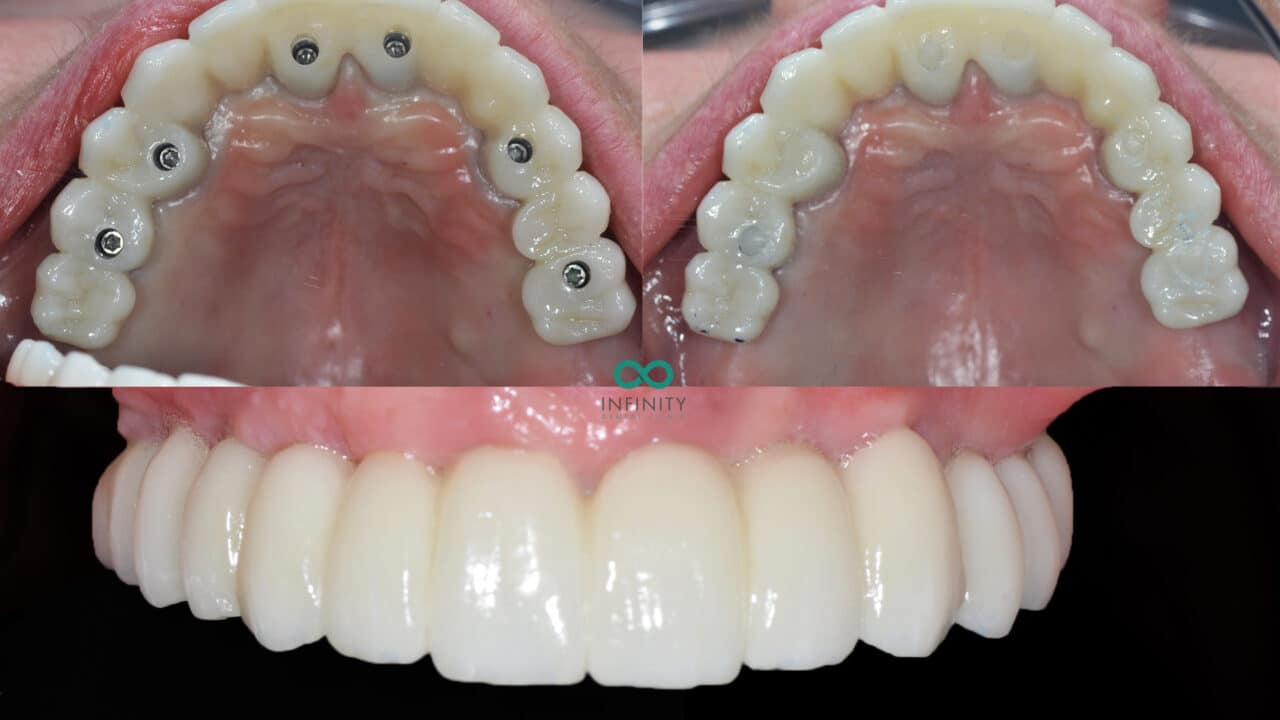The Single Strategy To Use For Dental Sense
Table of ContentsRumored Buzz on Dental SenseAbout Dental SenseNot known Factual Statements About Dental Sense Dental Sense Things To Know Before You Buy
are medical tools surgically dental implanted right into the jaw to bring back a person's ability to chew or their appearance. They supply assistance for artificial (fake) teeth, such as crowns, bridges, or dentures. When a tooth is lost because of injury or condition, an individual can experience issues such as rapid bone loss, malfunctioning speech, or adjustments to eating patterns that cause discomfort.Dental implant systems consist of a dental implant body and oral implant joint and may also include an abutment fixation screw. Dental implant vs bridge. The oral implant body is operatively inserted in the jawbone in location of the tooth's origin. The oral implant abutment is usually affixed to the dental implant body by the joint fixation screw and expands via gum tissues into the mouth to sustain the connected synthetic teeth
(https://myspace.com/dentalsense1)Framework of The Dental Implant System picking dental implants, speak to your dental provider about the possible advantages and risks, and whether you are a prospect for the treatment. Things to take into consideration: Your overall health is an important factor in determining whether you are a good candidate for dental implants, exactly how long it will certainly take to heal, and the length of time the dental implant might remain in area.
Smoking cigarettes might affect the recovery process and reduce the lasting success of the implant. The recovery process for the dental implant body may take a number of months or longer, during which time you usually have a short-lived abutment in place of the tooth. the oral implant procedure: Carefully comply with the dental hygiene guidelines provided to you by your dental company.
7 Simple Techniques For Dental Sense
Implant failing can cause the requirement for an additional procedure to repair or change the dental implant system. Recovers the capability to chew Brings back aesthetic appearance Helps maintain the jawbone from diminishing as a result of bone loss Protects the wellness of the surrounding bone and gums Aids maintain adjacent (close-by) teeth steady Boosts lifestyle Damage to surrounding all-natural teeth during implant placement Injury to the surrounding tissues throughout surgery, such as sinus perforation Injury throughout surgical treatment (for instance, fracture of bordering jawbone) Insufficient function, such as seeming like the teeth do not attack with each other usually A sensation that the tooth hangs or turning in position resulting from an abutment screw loosening Implant body failing (looseness of the implant body) as a result of systemic infection, website link which may be most likely in clients with unrestrained diabetics issues as a result of regional infection in bone and gums sustaining the implant body because of delayed healing, which may be extra likely in patients that smoke Trouble cleansing the gum tissues around the dental implant, leading to inadequate oral health Untreated periodontal condition Post-surgical pins and needles as a result of nerve impingement or damage Always alert healthcare suppliers and imaging specialists that you have dental implants before any type of magnetic vibration imaging (MRI) or x-ray procedures.
FDA is not familiar with any kind of negative events reported for MRI or x-ray treatments with oral implants. Oral implants systems are typically made from materials that adhere to worldwide consensus criteria of the International Organization for Standardization (ISO) or ASTM International. These requirements have information of what makes a safe product.

An oral implant is a structure that replaces a missing out on tooth. With screw-like gadgets, the cosmetic surgeon inserts a dental implant into the jawbone, and it serves as an anchor for an artificial tooth, called a crown. A tool called a joint connects the synthetic tooth to the dental implant. The crown is tailor-made to fit the person's mouth and match the shade of their teeth.
The Dental Sense PDFs
Some individuals are not eligible for dental implant surgical procedure. It is for oral specialists to operate people with: acute illnessuncontrollable metabolic diseasebone or soft cells disease or infectionIf these concerns are dealt with, an individual can have the surgical procedure. In, oral surgeons abstain from operating individuals with: If individuals with any of the above undergo oral implant surgery, there is a higher danger of the dental implant falling short.

Oral dental implant surgery is a personalized procedure. It's not the very same for everybody. The following gives a basic review of what you can anticipate your dentist, oral doctor, periodontist or prosthodontist to do: Place the dental implant surgically. Give you time to heal. Attach the article and final crown, bridge or denture.
Next off, your cosmetic surgeon will carefully put the oral implant into your jaw. Your cosmetic surgeon will rearrange your gums and close the incision with stitches. If your dental implant is near the front of your mouth, your dentist will make a temporary tooth for you to wear until you recover. In this way, you won't have a void in your smile while you recoup.
Not known Details About Dental Sense
During the recovery phase, your jawbone needs to fuse to the oral implant. This procedure can take anywhere from three to 9 months.
Once your implant heals, your dental professional can connect the joint (small port message) and your last remediation (crown, bridge or denture). This typically takes about one hour to complete and might need a second small surgical procedure. You shouldn't feel any kind of discomfort throughout your oral implant procedure because your provider will use medicine to numb your gums.